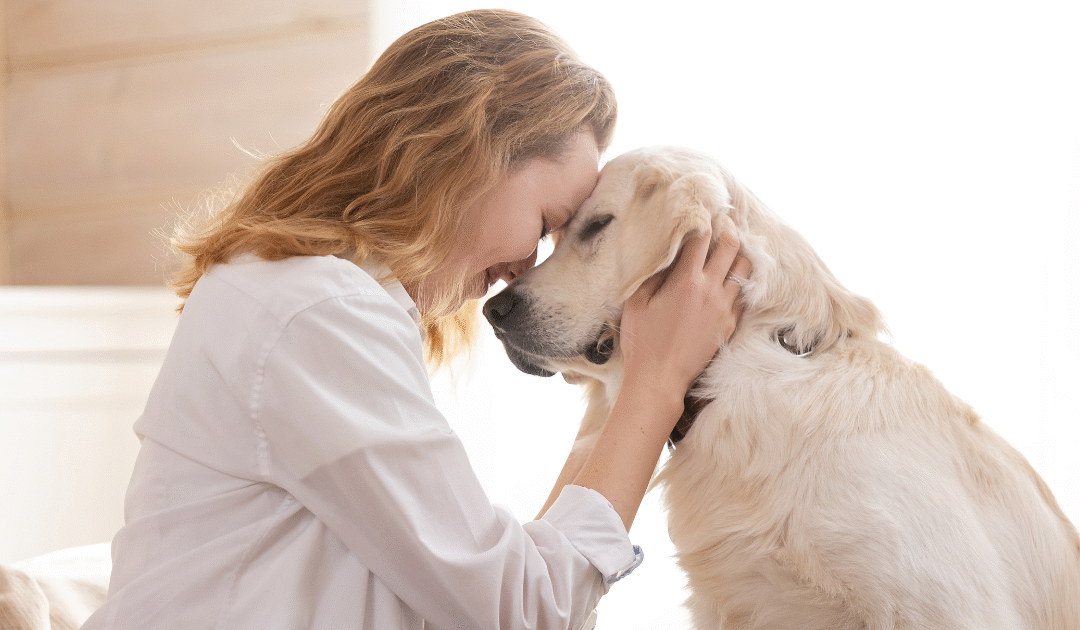Why It Matters More Than You Think
When a homeowner hands over the keys to their home — and the care of their beloved pets — they’re not just sharing a space. They’re placing deep trust in another person.
At Responsible House Sitters (RHS), we understand that house sitting isn’t just a transaction. It’s a relationship built on mutual confidence, clear communication, and emotional security.
But what exactly helps trust form? Let’s explore the psychology behind it — and how we can nurture it on both sides.
Why Trust Is the Real Currency in House Sitting
Have you ever walked into a home and immediately felt at ease—or awkward? That gut feeling often comes down to one thing: trust. Whether you’re handing over your keys or caring for someone’s pets, the success of a house sit depends on the relationship between sitter and homeowner.|
But trust doesn’t happen by accident. It’s rooted in psychological signals that help us feel safe, seen, and respected.
The Psychology Behind Trust
1. Trust is Built Through Repetition & Consistency
In psychology, consistent behaviour signals safety. A sitter who follows through on small tasks—sending a photo update or refilling the pets’ water—builds reliability. Likewise, homeowners who provide clear instructions and respond promptly show they’re dependable.
Tip: Use a shared calendar or checklist to ensure consistency on both sides.
2. Mirroring & Familiarity Create Connection
Subconsciously, people trust others who seem familiar. A warm tone in communication, aligning expectations, or even sharing similar values (like loving animals or neatness) helps establish rapport.
Sitters: Mention past pets you’ve cared for that are similar.
Homeowners: Share details about your home and lifestyle to help sitters feel grounded.
3. Autonomy Builds Mutual Respect
People are more likely to trust when they feel their autonomy is respected. Micromanaging erodes trust; offering space builds it.
️ Sitters: Respect boundaries, but feel confident to take initiative when needed.
Homeowners: Resist the urge to over-monitor—trust begins with letting go.
How Sitters Can Build Trust from the Start
-
Communicate proactively: Before, during, and after the sit
-
Be transparent: Mention any limitations or preferences up front
-
Follow through: Stick to agreed-upon tasks and timeframes
-
Offer little touches: A tidy space, fresh milk in the fridge, or a pet photo update goes a long way
How Homeowners Can Create a Trusting Environment
-
Offer a clear, written guide: Leave instructions on pet care, emergencies, and routines
-
Prepare the space: Make the bed with fresh linens and clear some fridge space
-
Be available, not overbearing: A WhatsApp check-in is enough—constant messaging can feel stressful
-
Trust the sitter’s judgment: They’re caring adults, not house guests needing supervision
Trust Grows Over Time — If Nurtured
Trust isn’t a switch; it’s a relationship. Whether it’s your first house sit or your fiftieth, approaching each experience with respect, communication, and a little psychology can turn a good sit into a great one—for everyone involved.
We’d Love to Hear From You
What’s helped you build trust in house sitting—either as a sitter or a homeowner?
Share your experiences or tips in the comments below, and help others in the RHS community feel more confident, prepared, and connected.
email us: beempowered@responsiblehousesitters.com
Trust Builder Checklist for Sitters Homeowners

